Selection for student housing at the University of Massachusetts has ended early due to the high demand of students wanting to live on campus during the Fall 2022 semester. This change will affect all sophomore, junior and senior students planning to live on campus, as available dorms are scarce.
An email was sent out to students on March 31 stating, “As of 5:00 p.m. yesterday, all remaining on-campus spaces were selected. Since there are no spaces remaining, we have ended the fall room selection process early.”
Shortly thereafter, students took to social media to talk about the lack of dorms.
Travis Duncan, a sophomore building and construction technology major, uploaded a screenshot to Reddit showcasing what the last five dorms were available to choose from. All of them were in McNamara, which is part of the Sylvan residential area.
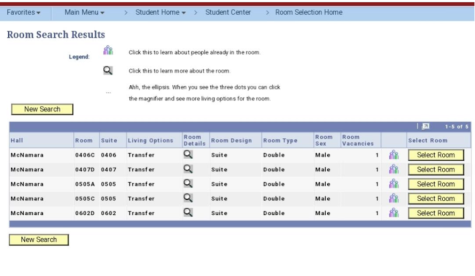
Students were discouraged by the lack of options when it came down to choosing their living arrangements for the following year.
“I found it weird that they ended housing so early,” Mykayla Smith, a freshman studying microbiology, said. ”Everybody got to pick, but it’s not the way they thought it would be.”
Break housing costs students $300 more per semester in residence halls Brett, Prince and Cashin, while singles and doubles in Sylvan cost less for students.
Since UMass has a finite amount of on-campus housing, freshmen students have halls set aside for their occupancy only, lessening the number of spaces for sophomores, juniors and seniors.
Students expressed outrage about the on-campus housing problem through the Fix UMass Housing Instagram account.
The owner of the account, freshman history major Ethan Salvesen, was inspired by the reaction of students who had been left out from fall housing in the coming semester.
“UMass is consistently driving up housing prices in the region faster and faster, leading to a massive housing crisis and pushing out real people that call Western Mass home,” Salvesen said.
Senior natural resource conservation major Maxwell Francke posted that UMass “has been simply displacing the burden of student housing onto the town of Amherst, which is slowly destroying the housing market.”
Francke also mentioned that “towards the end of my freshman year, they converted all of the lounges in the central dorms into 3-4 person rooms. It was a really big disappointment for us that they were essentially being removed, forcing us to often all cram into a tiny dorm room if we actually wanted to hangout.”
This has proven to be a problem, as freshmen class sizes have risen throughout the last couple of years.
“I had a few friends who were upperclassmen and I remember them discussing housing prices going up,” Francke explained, indicating a growing problem dating a few years back.
According to the University Analytics and Institutional Research’s Selected Undergraduate Admissions and Enrollment Statistics, in 2020, 26,282 new students were accepted, while in the fall of 2021, 27,808 new students were accepted. This indicates a 1,526-student increase between both years.
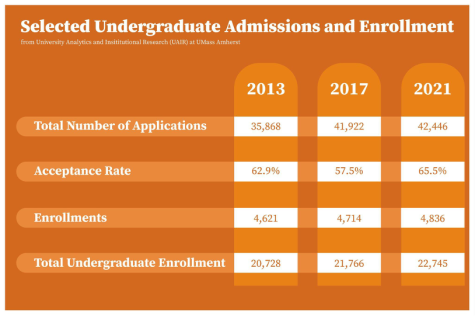
In the fall of 2013, 22,556 students were accepted and in the fall of 2014, 22,804 new students were accepted. Between both years, there was an increase of 248 new students. In the fall of 2015, 23,308 new students were accepted, indicating a 504-student increase when compared to the previous year.
The difference between the accepted class of 2012 and the accepted class of 2021 showcases a total increase of 6,338 new students.
While the incoming class size throughout the global pandemic decreased, once in-person classes started again at the University, the class size increased once more.
Dawn Bond, director of residential life operations at UMass, touched upon the effect that the pandemic has had on student housing in Amherst.
“Housing is crazy right now. It’s hard to rent, super hard to buy,” Bond said. “Students like living on campus. We have highly demanded areas on campus, and staying on campus is easy- there’s security, there’s food and transportation.”
One of the initiatives that UMass is taking is to increase housing with a five-year plan on building more dorms across from Whitmore. The housing is expected to be a private-public partnership, operated by a private entity.
“We want to keep growing our class, we have to build,” Bond said.
Past decades have also seen a problem with overcrowding, with the over acceptance of freshmen classes and a lack of space for students on campus.
In an article from the Boston Globe in 201o, Tracy Jan showcased how classes at UMass were overcrowded due to a high enrollment of students.
“In the last decade, the number of classes with more than 100 students has risen by more than 20 percent,” she noted.
Even dating back to 1963, the problem of over enrollment is seen in an archived UMass parents newsletter:
“Today’s UMass undergraduate is part of the largest enrollment in the University’s 100-year history — 8800 students in all. This figure for the 1963-1964 academic year includes a record 2200-member freshman class and a record 1100 graduate students,” the newsletter reads.
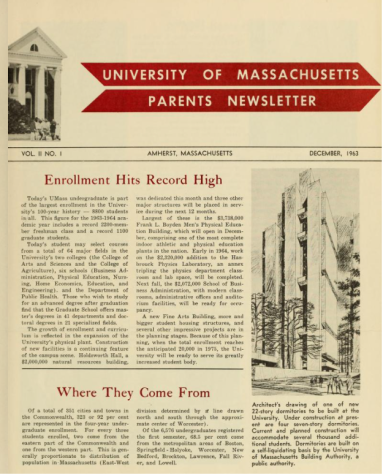
The 1960s also saw a “building blitz”, which would take place throughout the decade. It included the construction of the W.E.B. Du Bois Library, Southwest and Sylvan residential areas, Murray D. Lincoln Campus Center, School of Management and many more buildings. One of these buildings included the Hills House dormitory in Central residential area.
The Hills House dormitory was stationed right next to Gorman Hall in the ‘60s and then transformed into an office building during the ‘70s. This space was then demolished in 2017 to make space for the Newman Center.
The town of Amherst’s housing development increased in the 1970s and ‘80s, following a growth in the University’s enrollment as well.
The school also closed Lincoln Apartments for graduate students in 2021, stating, “We have concluded, after an in-depth study, that it is too costly to renovate some of the university’s aging housing units, including Lincoln Apartments.”
“The buildings will be taken down so the University can proceed with plans to build new graduate and family housing,” the University explained.
On April 7, the school sent out an email entitled, “Are you thinking about canceling your Fall 2022 Housing?”
The email read, “Residential Life saw a significant increase in demand for fall 2022 on-campus housing. In order to create as much opportunity as possible for students who wish to live on campus next semester, we are adjusting the cancellation fee schedule and offering an option for students to commute from home for Fall 2022 in exchange for a reduction in the Spring 2023 housing fee.”
The email encouraged students to cancel their Fall 2022 housing before April 24 to receive a $900 rebate for Spring 2023 as well as a priority consideration for the spring term.
Olivia Capriotti can be reached at [email protected] and followed on Twitter @CapriottiOlivia. Ariana Gonzalez can be reached at [email protected].

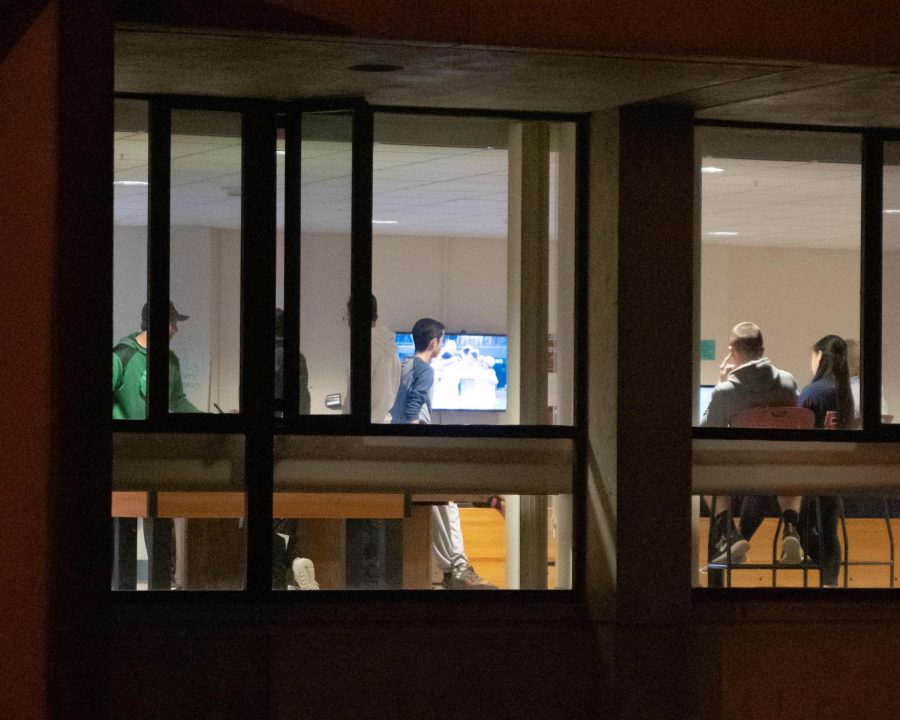




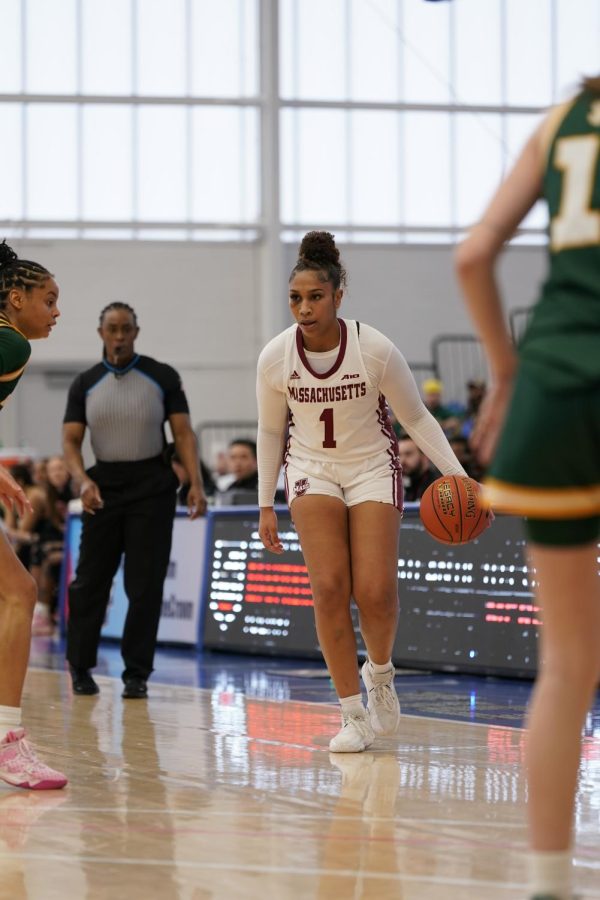

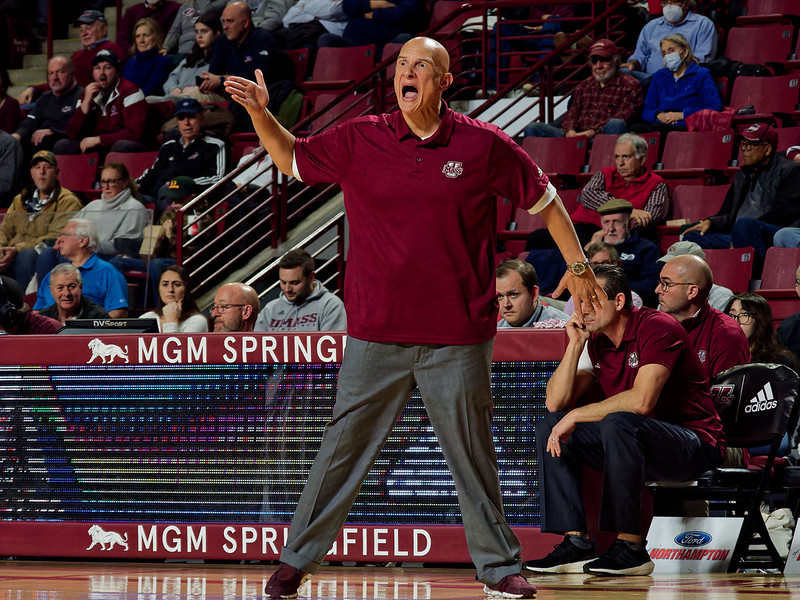












Mike • Apr 25, 2022 at 11:24 am
Amherst currently has a bylaw that requires no more than 4 unrelated people on a unit at once. So even if a house has 5 bedrooms, no more than 4 students can live there. Repealing this bylaw would open up tons of off campus housing spaces.
Varghese Jacob • Apr 24, 2022 at 4:02 pm
The university should ask students to take a mix of online (UWW) and on-campus courses. Taking some courses online should be mandatory for all semesters. This will reduce footfall and crowd on both the dining area and on other areas on campus.
Additionally, the university needs to expand with making new dorms for students. There should also be 3rd party agreements with university for off campus housing with landlords which will reduce rent costs.